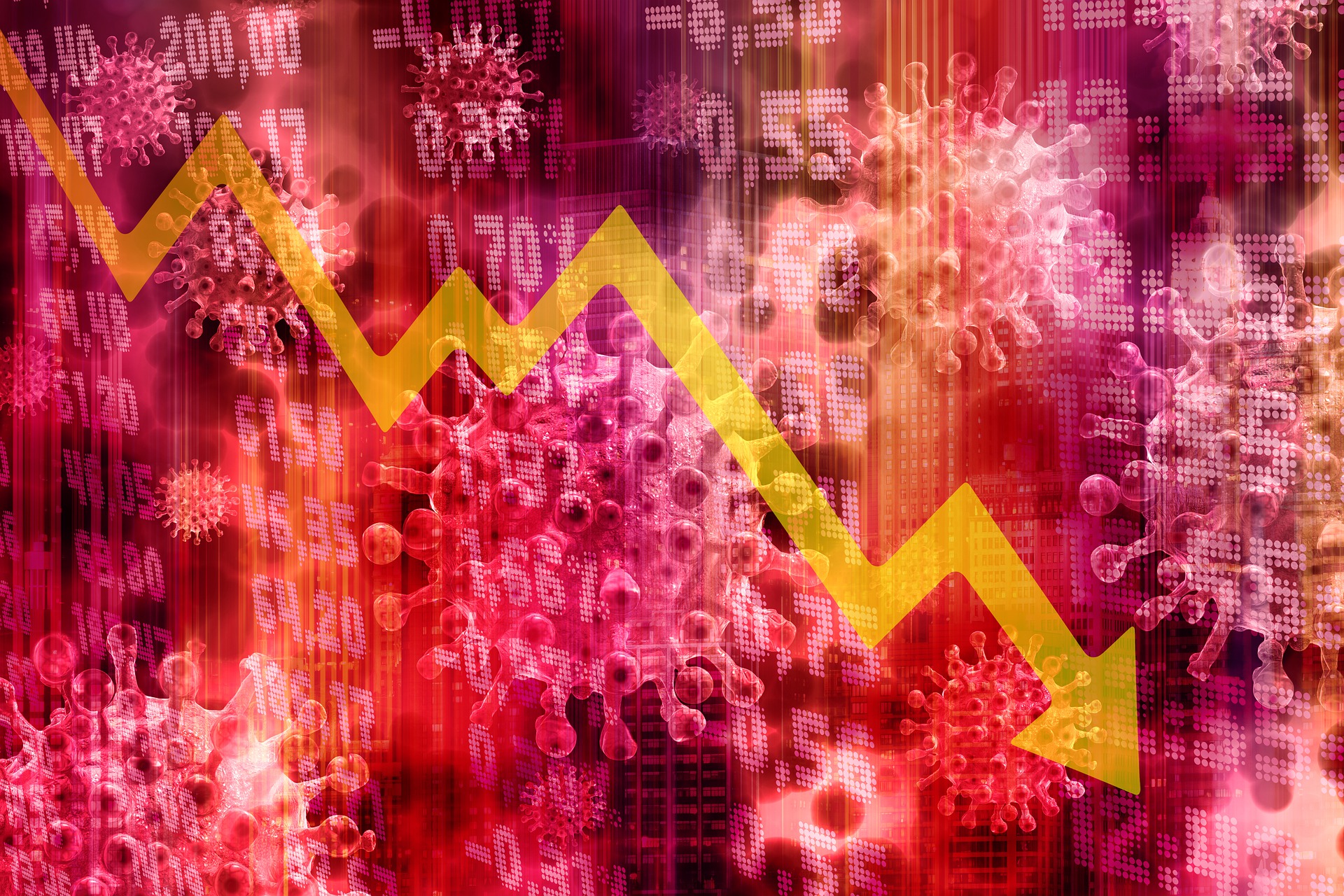EQUITIES
Stocks in Asia-Pacific mostly traded higher in Friday morning trade. Mainland Chinese stocks were higher in early trade, with the Shanghai composite up 0.57% while the Hong Kong’s Hang Seng index up 0.26%. In Japan, the Nikkei 225 was fractionally higher at 0.05%, and South Korea’s KOSPI rose 0.23%. The S&P/ASX 200 fractionally lower at -0.05%, and Singapore’s down-0.17%.
Overnight on Wall Street, U.S. stocks tumble as technology-related shares slid. The S&P 500 ended 0.84% lower, and the Nasdaq Composite dropped 1.27%. The Nasdaq’s losses put the index down 10% from its closing record, confirming a correction. The DJIA slipped 0.5%.
OIL
Oil has clawed its way back to $41 a barrel this week, buoyed by a weaker dollar and a surprise decline in U.S. crude inventories. Brent crude futures traded to $43.51 a barrel, while U.S. crude at $41.13.
On Thursday, Brent closed at $43.30 per barrel, while WTI futures ended at $40.97 per barrel.
CURRENCIES
The U.S. dollar index, which tracks the greenback against a basket of its peers, was last quoted at 92.91 against a basket of major currencies, and on track for a 0.3% weekly loss.
The Australian dollar was at $0.7321, in a trading week that has seen it swinging between levels below $0.729 and above $0.732. The onshore Chinese yuan holding on to recent gains against the dollar, traded at 6.756 per dollar.
GOLD
Gold currently trading at $1,951.20 per ounce, while stands around $1,959.30 per ounce for gold futures. Previously closed at $1,944.70 and $1,949.90, respectively.
Silver trading at $27.04, platinum trading at $933.00 and palladium trading at $2,222.00.
ECONOMIC OUTLOOK
Asian shares looked set to rise on Friday following pledges by central bankers globally to do whatever it takes to support the economic recovery. Shares of technology firms regionally were watched as renewed pressure seen in stocks of their counterparts on Wall Street.
Oil is poised for its biggest weekly advance since early June with Saudi Arabia intensifying up the pressure on OPEC+ members to adhere to the group’s production cuts.
U.S. data showed jobless claims remained elevated at 860,000, while both housing starts and the Philadelphia Fed business index fell.
Japan’s CPI fell at their fastest pace in almost four years in August, fell 0.4% from a year earlier, government data showed on Friday.
Investment between the U.S. and China tumbled to a nine-year low in the first half of 2020, both direct investment by companies and venture capital flows, between the two countries fell 16.2% to US$10.9 billion in January-June from the same period a year earlier.
WHO’s regional director for Europe on Thursday warned of a “very serious situation” unfolding in Europe, weighing on investor sentiment.
To date, number of confirmed worldwide cases for COVID-19 pandemic has surpassed 30 million affecting 213 countries and territories around the world and 2 international conveyances, recording more than 945 thousand fatality globally.
TECHNICAL OUTLOOK
[USDJPY]
Important Levels to Watch for Today:
- Resistance line of 105.217 and 105.494.
- Support line of 104.322 and 104.046.
Commentary/ Reason:
- The Japanese yen strengthened against the greenback at 104.81 per dollar, after hitting a seven-week high at 104.52 yesterday.
- Bank of Japan held its short-term interest rate target at -0.1% and said inflation trends and job growth, would guide its policy going forward, signalling the central bank’s readiness to ramp up stimulus if job losses heighten the risk of deflation.
- BOJ governor Haruhiko Kuroda said the central bank would work closely with new Prime Minister Yoshihide Suga’s administration to shield the economy, including by loosening policy further.















